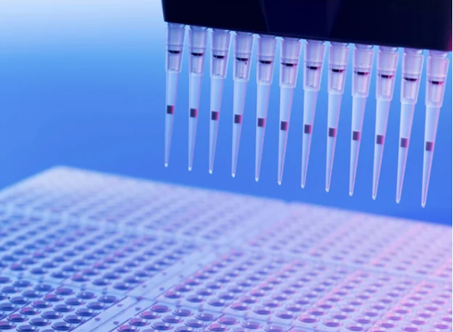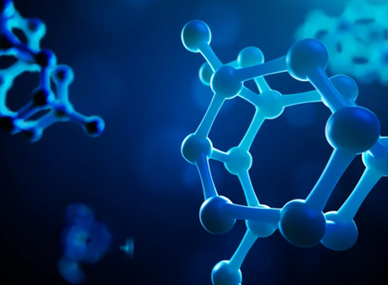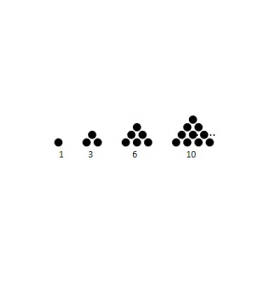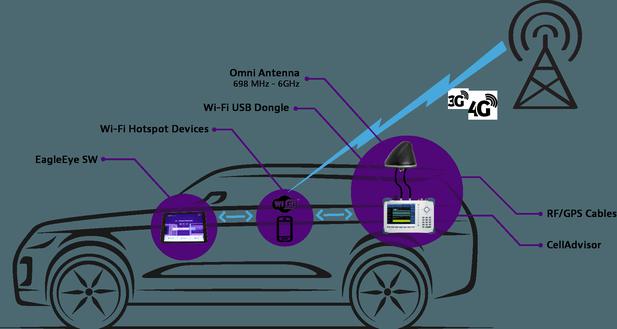What Is ICP-MS/MS and Why Use It in Bioanalysis?
Inductively Coupled Plasma Tandem Mass Spectrometry (ICP-MS/MS) is a powerful technique for quantifying elements at trace and ultra-trace levels in challenging biological matrices. By combining high-temperature plasma ionization with two stages of mass filtering, it delivers parts-per-trillion sensitivity and confident interference removal that standard single-quadrupole ICP-MS and many molecular assays can’t always match.
Because modern pipelines include metal-based drugs, radionuclide conjugates, and element-tagged biologics, ICP-MS/MS has become central to fit-for-purpose DMPK and clinical bioanalysis. The sections below explain what it is, how it works, and why it matters.

Why ICP-MS/MS Matters in Bioanalysis
To see where icp ms ms excels, connect the instrument’s design to the bioanalytical questions drug developers must answer.
Principle and architecture.
ICP-MS/MS couples an argon plasma (which atomizes and ionizes analytes regardless of chemical structure) to a tandem quadrupole system: Q1 – collision/reaction cell – Q2. Q1 preselects the m/z of interest; the cell uses gases such as He, H₂, O₂, or NH₃ to neutralize interferences or deliberately convert analyte ions (mass-shift chemistry); Q2 measures the target product ion. This double mass selection dramatically reduces polyatomic overlaps and boosts selectivity in complex matrices like plasma, CSF, or tissue digests.
Why choose ICP-MS/MS over single-quad ICP-MS—and how it complements LC-MS/MS.
Single-quad ICP-MS can struggle with classic interferences (e.g., ArCl⁺ on As, ArO⁺ on Fe). Tandem operation filters before and after the reaction cell, enabling accurate quantification at lower limits. Unlike LC-MS/MS, which is compound-specific, ICP-MS/MS is element-selective and agnostic to molecular form—ideal when analytes fragment, bind proteins, or exist as multiple species. Used together, LC-MS/MS reveals molecular identity while ICP-MS/MS provides robust element totals.
Trace and ultra-trace element profiling in DMPK.
Element homeostasis is tied to disease and therapy response. ICP-MS/MS quantifies Fe, Zn, Cu, Se, Mn and more across serum, urine, tissues, and CSF with wide linear range and ppt-level detection. Stable-isotope tracers can be introduced to distinguish endogenous background from administered dose, improving pharmacokinetic readouts for nutrients or cofactors affected by treatment.

Metal-based drugs and ADC payload tracking.
For platinum anticancer agents (cisplatin, carboplatin, oxaliplatin), LC-MS/MS may face poor ionization or unstable species. ICP-MS/MS measures Pt isotopes directly, achieving low LLOQs across matrices and supporting PK, tissue distribution, and mass balance. In antibody–drug conjugates (ADCs), ICP-MS/MS quantifies payload-associated elements (e.g., Pt, Au, Bi, Lu surrogates) and, when coupled to HPLC, separates species to assess linker stability and drug-to-antibody ratio behavior over time.
Radiopharmaceuticals and radionuclide drug conjugates (RDCs).
Developers increasingly use non-radioactive isotopes (e.g., natural Lu, Ga, Cu, I proxies) to mimic clinical radionuclides in preclinical bioanalysis. ICP-MS/MS quantifies these elements rapidly in standard labs, enabling dose optimization and distribution studies without radiological complexity. The same platforms support human mass-balance or metabolite identification when radiolabels are later introduced.
Speciation analysis via hyphenated workflows.
Toxicity and pharmacology depend on chemical form, not just totals. HPLC-ICP-MS/MS separates species—chromium(III) vs chromium(VI), inorganic vs organic arsenic, free vs protein-bound metals—before element-specific detection. In drug development, this clarifies whether active, inactive, or toxic species drive exposure, directly informing formulation and safety strategies.
Method design, quantitation strategies, and practical limits.
Good results start with matrix-aware prep: acid digestion or gentle dilution to keep dissolved solids low, plus internal standards to correct drift. Isotope dilution offers metrological accuracy for key analytes. Small-volume introductions (microflow nebulizers, flow-injection loops) support scarce matrices like CSF. Remaining challenges—matrix suppression, rare isobaric interferences, and instrument cost—are mitigated by optimized reaction gases, clean-chemistry workflows, and rigorous validation.
Conclusion
ICP-MS/MS delivers what modern bioanalysis needs: ultra-trace sensitivity, rigorous interference control, and element-selective data that hold up in complex matrices. It complements LC-MS/MS by quantifying metals and labels independent of molecular form, enabling confident PK, tissue distribution, mass-balance, and speciation studies for metal drugs, ADCs, and radiopharmaceuticals. With thoughtful sample prep, isotope-dilution strategies, and hyphenated separations, laboratories can translate ICP-MS/MS capability into inspection-ready results that accelerate decisions from discovery through the clinic.








